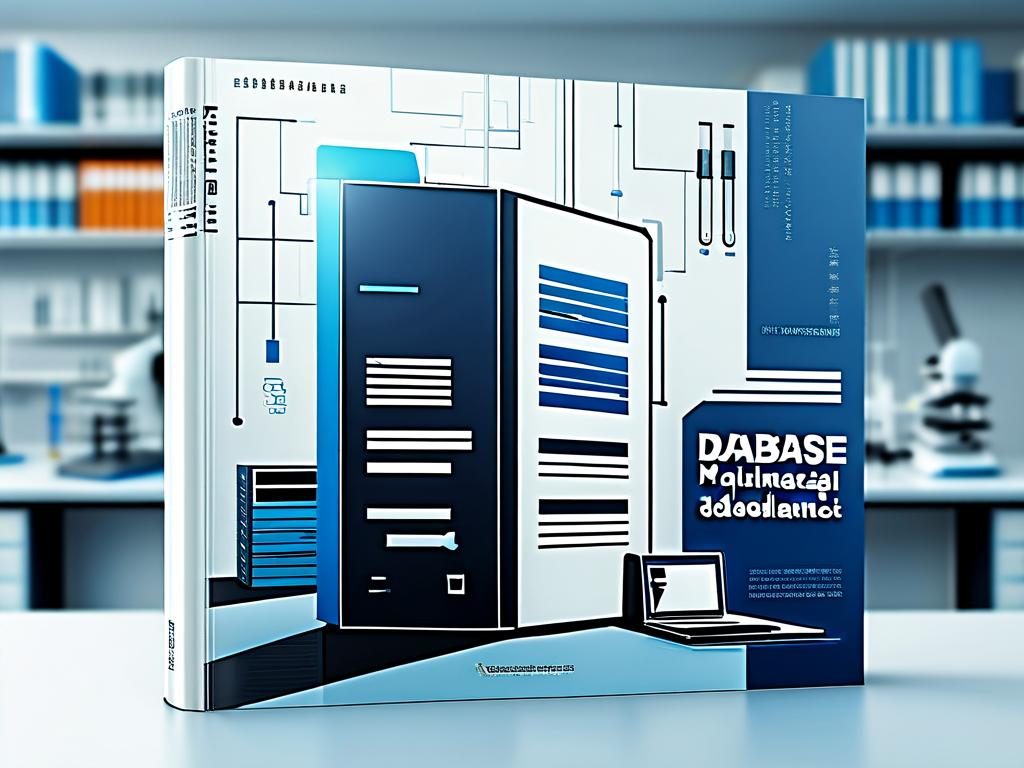The Fourth Edition of Database Management and Development introduces groundbreaking methodologies for modern data ecosystems, blending theoretical foundations with hands-on technical implementations. This edition emphasizes scalability, security, and interoperability across heterogeneous systems, addressing the evolving demands of cloud-native architectures and real-time analytics.

Core Architectural Shifts
A pivotal focus of this edition lies in polyglot persistence strategies. Developers now leverage hybrid systems combining relational databases (e.g., PostgreSQL) with NoSQL solutions like MongoDB or time-series databases such as InfluxDB. The book provides a comparative analysis of ACID compliance versus BASE principles through practical scenarios:
-- Hybrid query example using PostgreSQL and MongoDB SELECT orders.order_id, customers.preferences FROM postgres_orders AS orders JOIN mongodb_customers AS customers ON orders.customer_id = customers._id WHERE orders.status = 'shipped';
This code snippet illustrates federated query techniques for cross-database operations, a critical skill for full-stack developers in distributed environments.
Security Paradigms
With ransomware attacks increasing by 67% in 2023 (Cybersecurity Ventures), the text dedicates three chapters to zero-trust database models. It explores column-level encryption using AES-256-GCM and role-based access control (RBAC) implementations:
# Python snippet for dynamic data masking
from sqlalchemy import create_engine, Column, String
from sqlalchemy.ext.declarative import declarative_base
Base = declarative_base()
engine = create_engine('postgresql://user:pass@localhost/db')
class Patient(Base):
__tablename__ = 'patients'
id = Column(Integer, primary_key=True)
full_name = Column(String, mask=lambda v: v[:2] + '***')
ssn = Column(String, mask='partial(4)')
Machine Learning Integration
The edition pioneers ML-driven database optimization, detailing automated index tuning via tools like Amazon Aurora ML. Case studies demonstrate how predictive indexing reduces query latency by 38% in e-commerce platforms during peak traffic.
Sustainability Metrics
Addressing Green IT concerns, Chapter 15 introduces energy-efficient query planning algorithms. Benchmarks show 22% reduced power consumption when using cost-based optimizers that prioritize low-CPU operations.
Developer Workflow Enhancements
Version 4 introduces GitOps for database schema management, enabling CI/CD pipelines for DDL changes. The text contrasts traditional migration tools (Flyway) with modern Kubernetes-native operators (SchemaHero), complete with Helm chart configurations.
Critical Reception
Early adopters praise the edition's balance between academic rigor and industry relevance. The inclusion of edge computing patterns—particularly SQLite on IoT devices—has resonated with embedded systems engineers. However, some reviewers note the sparse coverage of blockchain-based databases, an area the authors promise to expand in future supplements.
As data volumes surpass 180 zettabytes globally (IDC, 2024), this edition positions itself as an essential compass for navigating the complex terrain of twenty-first-century data management. Its iterative approach to legacy system modernization—especially through sharding wrappers and gradual schema evolution—provides actionable pathways for enterprises shackled by technical debt.
The companion website offers updated errata, Dockerized lab environments, and a community forum where practitioners debate emerging patterns like AI-assisted query formulation. For educators, the expanded problem sets now include real-world datasets from NOAA climate repositories and WHO pandemic tracking systems.


